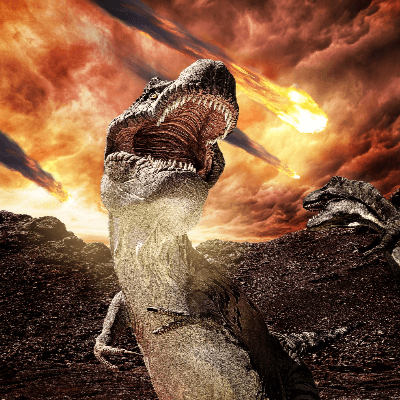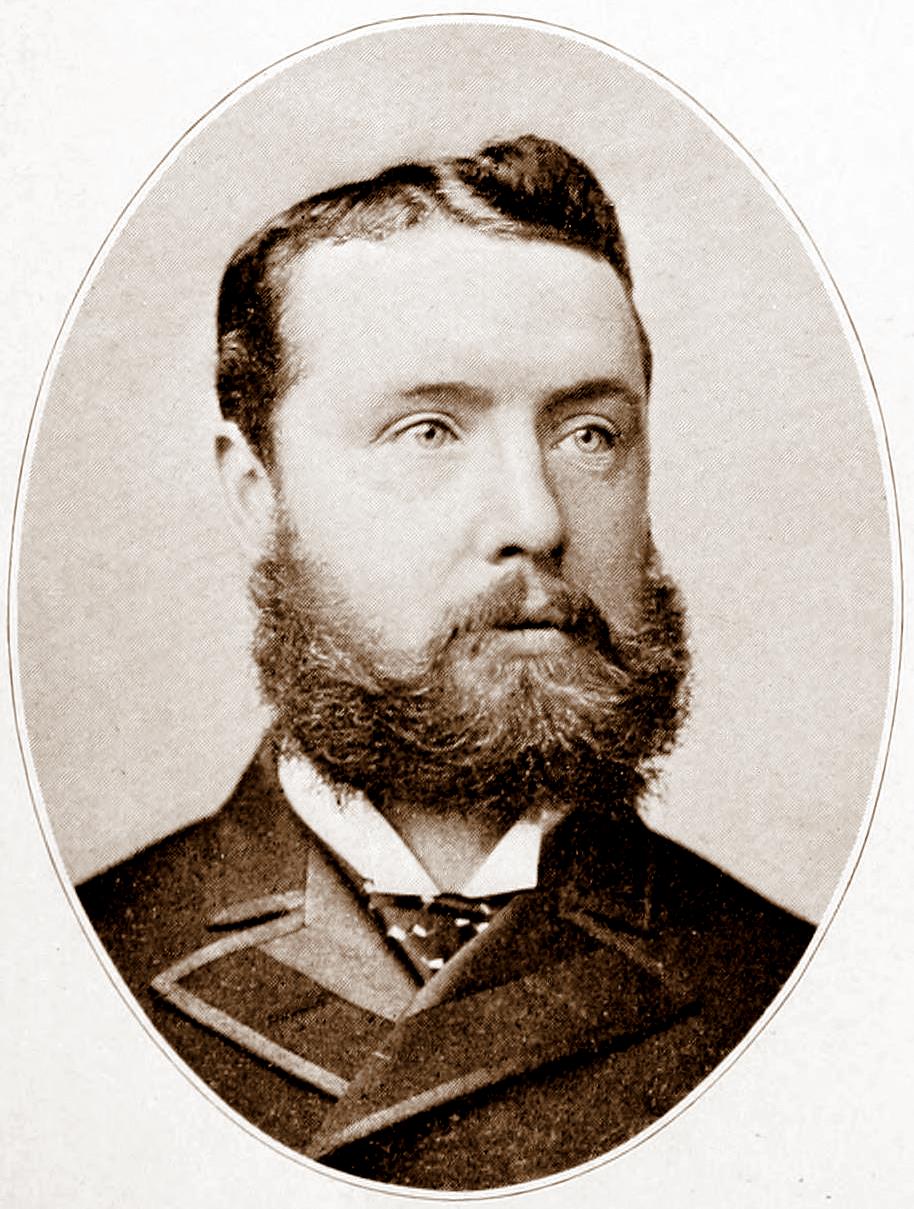
“Your problem,” he told himself as he headed back to the Devil’s Vale, “is that you can’t leave well enough the hell alone.”
“Kid walks in here with a bullet lodged in him, I gotta call the cops. Kid walks in showing obvious signs of abuse, I have to contact a social worker. Kid walks in pregnant, I need to inform the parents. Beyond that, for the most part, I’m supposed to keep my trap shut.”
“Who do you call if a kid walks in pregnant, with a bullet wound, showing signs of abuse?” Sam asked.
“A career counselor,” she said, brushing her hair back, “’cause I’m outta here.
Ok, island off the Massachusetts coast, private school, Danforth Putnam. (Thomas Danforth and Ann Putnam were judge and accuser in the Salem trials). Why a high school?
I still think high school is one of the scariest places there is. It’s a place where human beings, who are barely more than children emotionally and mentally, face calamitous, potentially life-ruining choices, while approaching the height of their physical powers and sexual energy…Boarding school is all that with no parental supervision, which just amplifies its Lord of the Flies quality. – from The Big Thrill interview
Friend of the Devil is an enclosed environment thriller of a familiar sort. Think Agatha Christie’s And Then There Were None. (the original book had a different, dodgier title) An eleventh century book has gone missing and SATCO Mutual, (we can imagine what the SAT stands for) the insurer on the hook, has sent Sam (for Sam Spade) Gregory to bring it back. Identifying the perp is not all that challenging for our gumshoe, but there is more to the tale than nabbing a thief. What is a prep school doing with such an ancient book? What is the nature of the book? Why was it stolen? The questions mount. Like what happened to that pre-teen who supposedly returned to the mainland to be adopted? Is he really having a better life?

Stephen Lloyd writing on an impressively retro word processor – image from The Big Thrill – image by Stephen Lloyd
Sam is a fun lead, with military hair, a capacity for violence, PTSD hellfire memories of ‘Nam, and not much else, and a determination to see his job through to completion. And then people begin dying, with a hint of brimstone in the air. Sam takes his licks, getting repeatedly knocked out in a running joke, but keeps on keepin’ on, following leads and doing what he does.
Harriet (the spy) is our student cozy investigator, epileptic, a nerd extraordinaire, black, bullied, and dogged. She gets her licks in by writing exposes in the school paper. If Sam fails to get to the very bottom of all there is, Harriet is sure to find her way there. Their paths can be expected to cross, eventually.
It is 1980. No cell phones. Memory of the Vietnam War is still fresh. Reagan has arrived in a sulfurous chariot to do some lasting damage to the nation. There is a specimen of that breed at the school, who behaves as one might expect, receiving some unwanted insight in return.
The references keep on coming. Mr. Chesterton is named for G.K.. There are plenty more, overt and not. Laura Hershlag is named for the title character of one of the classic noir films. Dr. Spellman is named for a character in Sabrina. There are references to Poe’s The Raven, the Tales of Hoffman and plenty more, a veritable cornucopia for those who enjoy playing literary treasure hunt.
The staff at this school are not the friendliest. Sam interviews Ms. (Annabel? ) Lee, the librarian, whose cat is named for Alistair Crowley.
When she saw Sam, her mouth twisted into a citrus pucker. “May I help you?” she asked in a voice that could freeze pipes.
The students are no prize either. We expect rich kids to be spoiled, but even the scholarship kid is up to no good. One palooka hopes to juice his way into the NFL, while using his considerable physical brawn to dark purposes. Others are not much better.
Ok, so I had a forked reaction to this one. First is that there were multiple LOL moments, including one ROFL. This is a HUUUUUGGE plus. Not at all surprising from one of the main writers and executive producers of How I Met Your Mother and Modern Family. And I loved all the references.
Second, was that it felt lean, to the point of gaunt. Not quite a novel in length, FotD settles in at a more novella-ish 45,000 words, give or take. Supporting cast was mostly of the cardboard cutout variety. Yes, some background is offered, but only enough to make them cast shadows. (Well, assuming that the characters are actually capable of casting shadows) This is a product of Lloyd’s very successful TV career, (four Emmy nominations) in which the clock is always ticking and descriptions and self-reflection are seen as tools of the devil’s workshop. (which may be in Iowa) There is plenty of gruesomeness, but it is handled with a light touch which, I know, sounds like an oxymoron, and maybe it is. There is a fabulous twist, which is always a delight.
Sam Gregory is a fun lead, an investigator with a Chandler-esque, noir sense of humor, and a war-veteran’s issues with sleep. Harriet, honor student in the civilian investigator role, is one of the better cast members. Their perspectives alternate throughout. It moves along at an over-the-limit pace, while building up a body count, and revealing more and more witchy elements.
Bottom line is that this a devilishly (helluva?) fun summer read. You will blaze right through, pausing on occasion to fall out of your seat laughing. Your brain can occupy itself with catching as many references as it can. This is a fast, pure entertainment, with only an occasional side-glance at real-world concerns. You will not risk eternal damnation if you read this one, so long as you keep your inner demons where they belong, but you may hurt yourself laughing.
Review posted – May 27, 2022
Publication date – May 10, 2022
I received an ARE of Friend of the Devil from G.P. Putnam’s Sons in return for a fair review, and the tiniest sliver of a soul. Thanks, folks
This review has been cross-posted on GoodReads
————————————————–
Lloyd seems interested in writing a sequel, having set this one up to allow for the possibility. I hope he does.
Possible Titles for Volume 2 – Here, I’ll get you started
Dead Lasso
Demon Elementary
Devil Knows Best
Devil-ish
Distant Relation of the Devil
Everybody Loves the Devil
The Fresh Prince of Level Nine
Flight of the Demons
How I Met Your Devil
Kids Say the Most Demonic Things
Married with Demons
The Marvelous Mrs Scratch
Modern Satanic Family
Young Beelzebub
=======================================EXTRA STUFF
From Penguin Random House
Stephen Lloyd is a TV producer and writer, best known as an executive producer of award-winning shows such as “Modern Family” and “How I Met Your Mother.”
Interviews
—–The Crew Review – Stephen Lloyd | Friends of the Devil – 50:42 – by Sean Cameron, Christopher Albanese, Mike Houtz
—–* The Big Thrill – Up Close: Stephen Lloyd by Allison McKnight
Songs/Music
—–The Grateful Dead – Friend of the Devil
—–The Rollingstones – Sympathy for the Devil



















